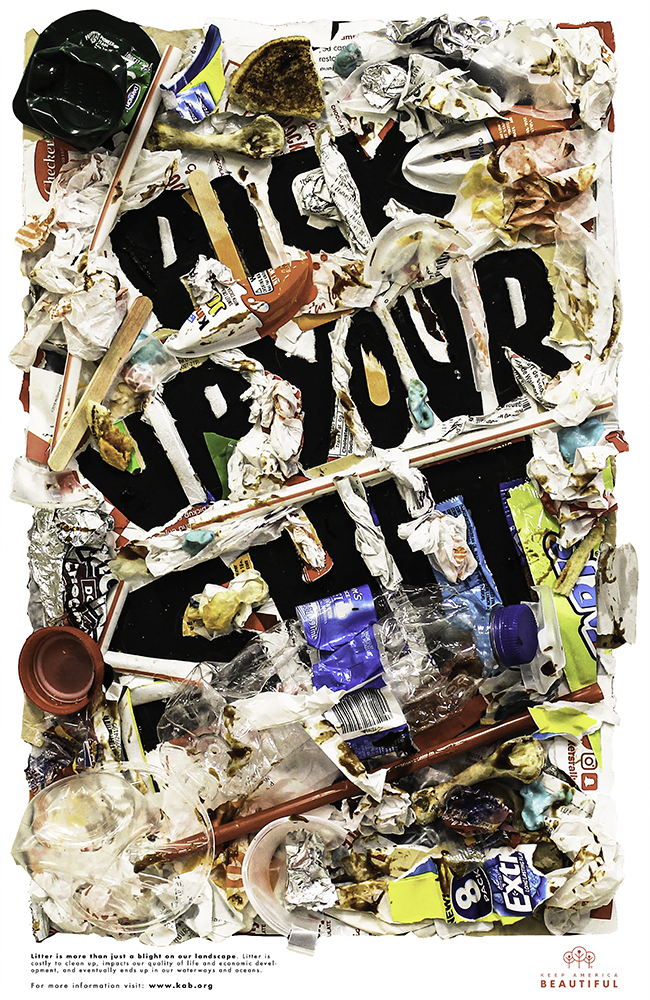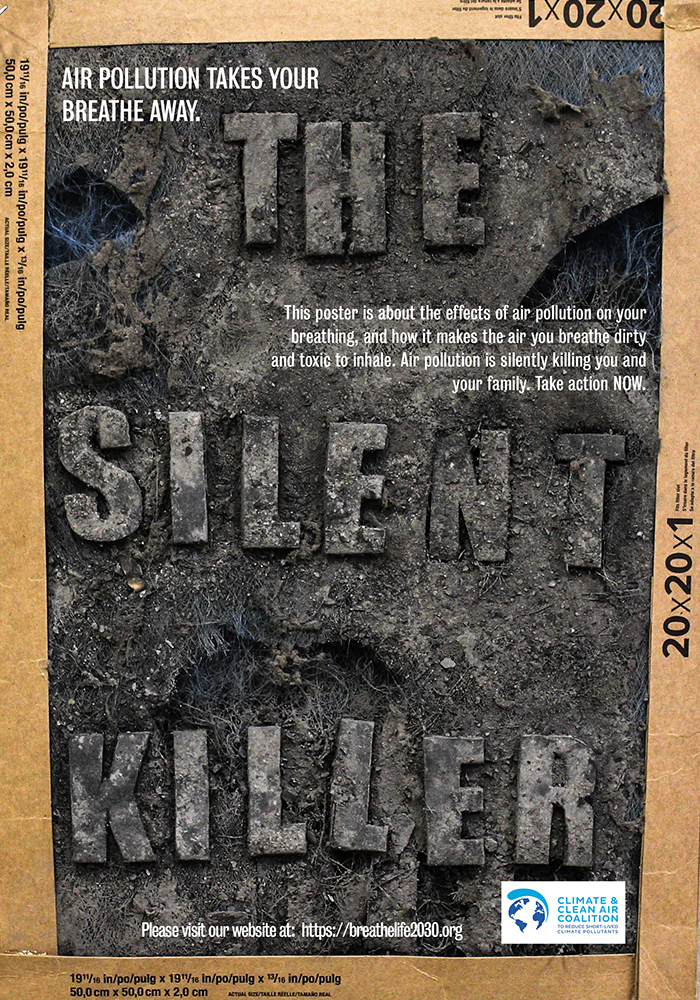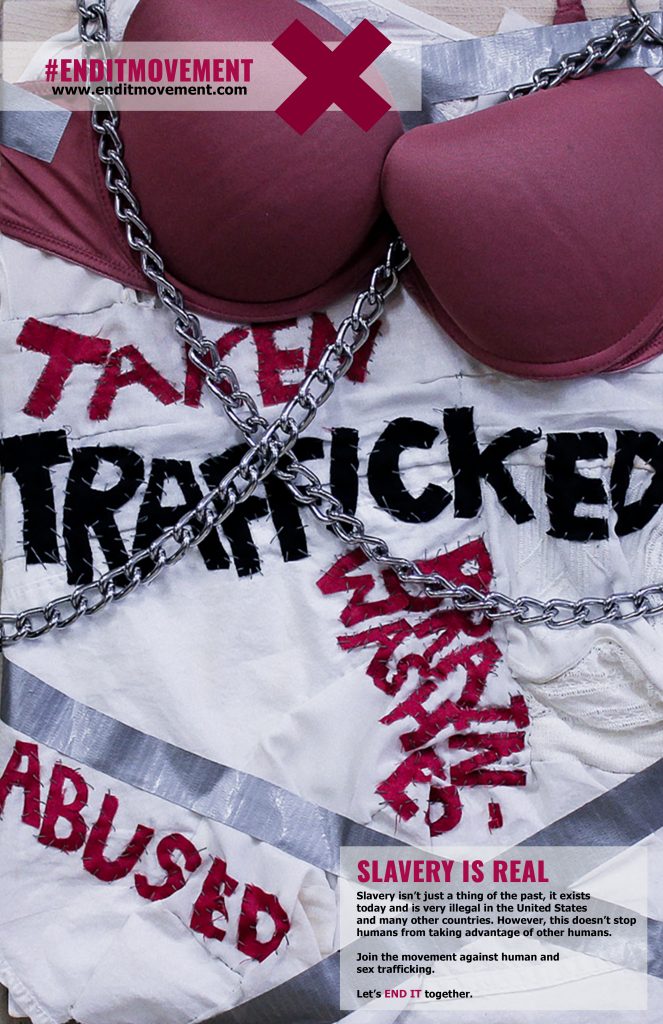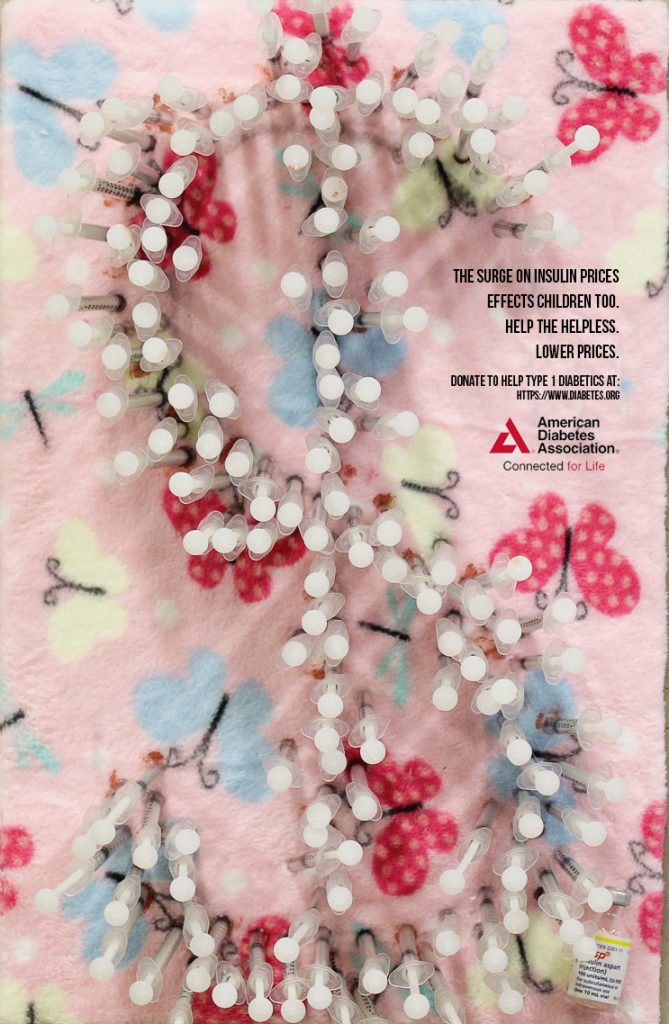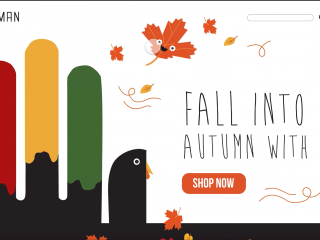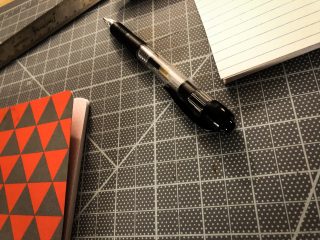As a professor with a degree in both the studio arts and graphic design I always cherish the opportunities to create moments where those two areas really get to collide. In my first 3 years of teaching I had that opportunity at Northeastern State University where I was able to teach illustration. This year, after 6 years, I have the opportunity to teach the course again.
This time away from the course helped me to reevaluate how I wanted to teach it. In the past I taught it as an integration course. A course that taught students how to integrate traditional studio art methods and concepts into a more commercialized communicative vehicle. After years of not teaching the course but teaching branding, packaging, typography, etc. in its place I decided to take a much different route.
One of the joys I had while studying for my studio degree was the act of creation beyond traditional means. In the conceptual design course that I took while in school we were even required to give a presentation on an artist untraditionally. For that particular project I presented on Robert Smithson. I created his ‘Spiral Jetty’ out of balloons in the campus pool, then jumped off the high dive with an airplane painted on my chest to show how Smithson died, which was obviously in a plane crash. The project was fun, but more importantly it required me to think how to uniquely convey the relevant information with emotional impact (pun intended) with different means.
more after the jump
Students working in an in class found object illustration exercise.
I wanted my students to be able to think that way. So, for their first project each student was required to create a poster for a movement or cause without making a traditional mark. By limiting the palette through major restriction I forced them to think about things other than traditional art forms and materials, and by forcing them to consider a movement or cause I required that they consider a tone of voice. Through in class lectures I was able to introduce principles of passive and aggressive voices (specifically those used in communication and resistance), and through in class exercises I was able to encourage experimentation with found objects.
The project results far exceeded my expectations. Students experimented with sewing, embroidery, staining, dripping while also using just about any material that was relevant to their cause. The extreme problem solving I also believe resulted in a level of excitement and community building that I haven’t seen in quite a while. Below are a few examples of the finished pieces.







